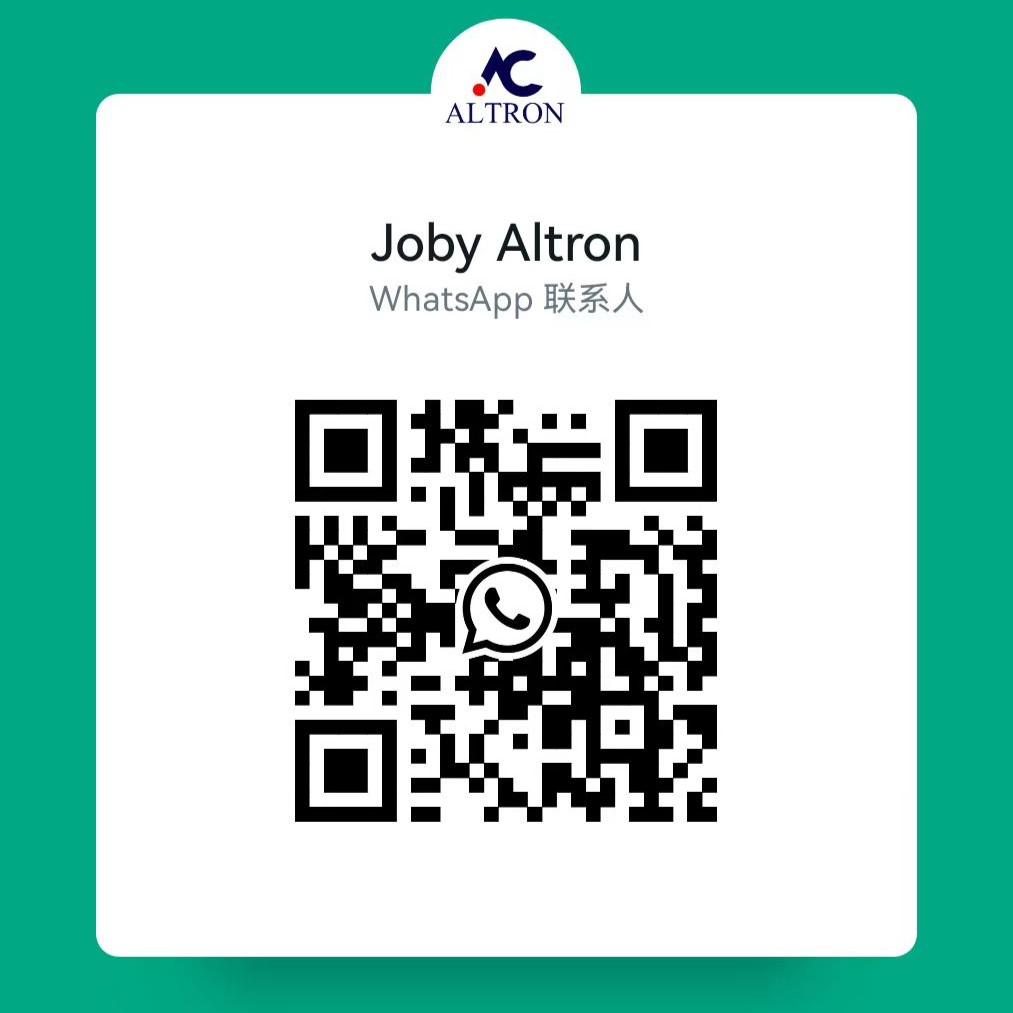
CNC Metal Spinning: Unlocking the Potential of Necking Techniques
CNC metal spinning stands as a testament to the marriage of precision engineering and artisanal craftsmanship. Within this realm, the technique of necking holds significant promise, offering unparalleled control over material deformation and shaping. In this comprehensive guide, we delve deep into the intricacies of necking in CNC metal spinning, uncovering its principles, applications, and advanced methodologies.

Understanding CNC Metal Spinning:
CNC metal spinning, an advanced manufacturing process, entails the rotation of a metal disc on a lathe while applying controlled pressure to shape it into a desired form. This technique offers exceptional versatility, enabling the production of complex geometries with remarkable efficiency and accuracy.
The Significance of Necking:
Necking emerges as a pivotal technique within the realm of CNC metal spinning, revolutionizing the process by facilitating precise control over material thickness and distribution. By strategically narrowing sections of the workpiece, necking allows for enhanced structural integrity, weight reduction, and aesthetic refinement.
Fundamental Principles of Necking:
At its core, necking involves localized reduction in the diameter of the workpiece, typically achieved through controlled compression. This process induces plastic deformation, elongating the material along the axis while simultaneously reducing its cross-sectional area. The resultant necked section exhibits enhanced tensile strength and ductility, offering numerous benefits across diverse applications.
Applications Across Industries:
Necking in CNC metal spinning finds widespread application across various industries, ranging from aerospace and automotive to architecture and consumer goods. In aerospace, necked components contribute to the lightweight design of aircraft structures, enhancing fuel efficiency and performance. Similarly, automotive manufacturers leverage necking to optimize the strength-to-weight ratio of engine components and chassis elements, fostering improved durability and fuel economy.
Advanced Techniques in Necking:
As CNC metal spinning evolves, so do the techniques associated with necking, paving the way for innovative approaches and enhanced capabilities. One such technique involves the integration of multi-axis CNC machines, enabling precise control over the orientation and depth of necked features. By synchronizing spindle rotation with axial movement, manufacturers can achieve intricate geometries and seamless transitions between necked and non-necked sections.
Optimizing Tooling and Equipment:
Effective implementation of necking in CNC metal spinning necessitates meticulous attention to tooling selection and equipment configuration. Specialized tooling, such as necking dies and mandrels, facilitates consistent and reproducible deformation, ensuring uniformity across multiple workpieces. Furthermore, advancements in CNC lathe technology, including real-time monitoring and adaptive control systems, empower operators to fine-tune process parameters for optimal results.
Material Considerations and Metallurgical Effects:
The choice of material profoundly influences the feasibility and outcomes of necking in CNC metal spinning. While ductile metals such as aluminum and stainless steel exhibit a favorable responses to necking, brittle materials like cast iron may pose challenges due to the risk of cracking or fracture. Moreover, metallurgical factors such as grain structure and work hardening behavior impact the deformation characteristics and mechanical properties of necked components, necessitating comprehensive material analysis and selection.
Challenges and Mitigation Strategies:
Despite its manifold advantages, necking in CNC metal spinning presents inherent challenges, ranging from geometric complexity to material behavior variability. To mitigate these challenges, manufacturers employ advanced simulation tools to model and optimize the necking process, predicting deformation behavior and identifying potential issues prior to production. Additionally, iterative prototyping and experimental validation enable refinement of tooling designs and process parameters, enhancing reliability and efficiency.
Quality Assurance and Inspection Protocols:
Ensuring the integrity and dimensional accuracy of necked components demands robust quality assurance protocols and meticulous inspection procedures. Non-destructive testing techniques, such as ultrasonic and eddy current testing, enable the detection of surface defects and internal anomalies without compromising the integrity of the workpiece. Furthermore, dimensional metrology systems, including coordinate measuring machines (CMMs) and optical profilometers, facilitate precise measurement and analysis of critical features, validating conformance to design specifications.
Future Perspectives and Emerging Trends:
As CNC metal spinning continues to evolve, driven by technological advancements and market demands, the future of necking holds immense promise for innovation and refinement. Emerging trends such as additive manufacturing integration and digital twin simulation are poised to revolutionize the necking process, enabling unprecedented levels of customization, efficiency, and sustainability. By embracing these advancements, manufacturers can unlock new opportunities for creativity and competitiveness in the ever-evolving landscape of advanced Altron manufacturing.
Conclusion:
In the realm of CNC metal spinning, necking emerges as a transformative technique, empowering manufacturers with unprecedented control over material deformation and shaping. Through meticulous attention to process optimization, tooling refinement, and material selection, practitioners can harness the full potential of necking to unlock new frontiers in design flexibility, performance optimization, and product innovation. As we continue to push the boundaries of technological innovation, the art and science of necking in CNC metal spinning will undoubtedly remain at the forefront of advanced manufacturing, shaping the future of industries across the globe.
ALTRON‘s Metal Spinnning Froming Services:
WhatsApp: +86 156 2739 7226
E-mail: info@auto-altron.com

Hot Metal Spinning Process

Centrifugal fan impeller internal welding robot

Spinning hemisphere – 3D laser cutting

Deep drawing process
